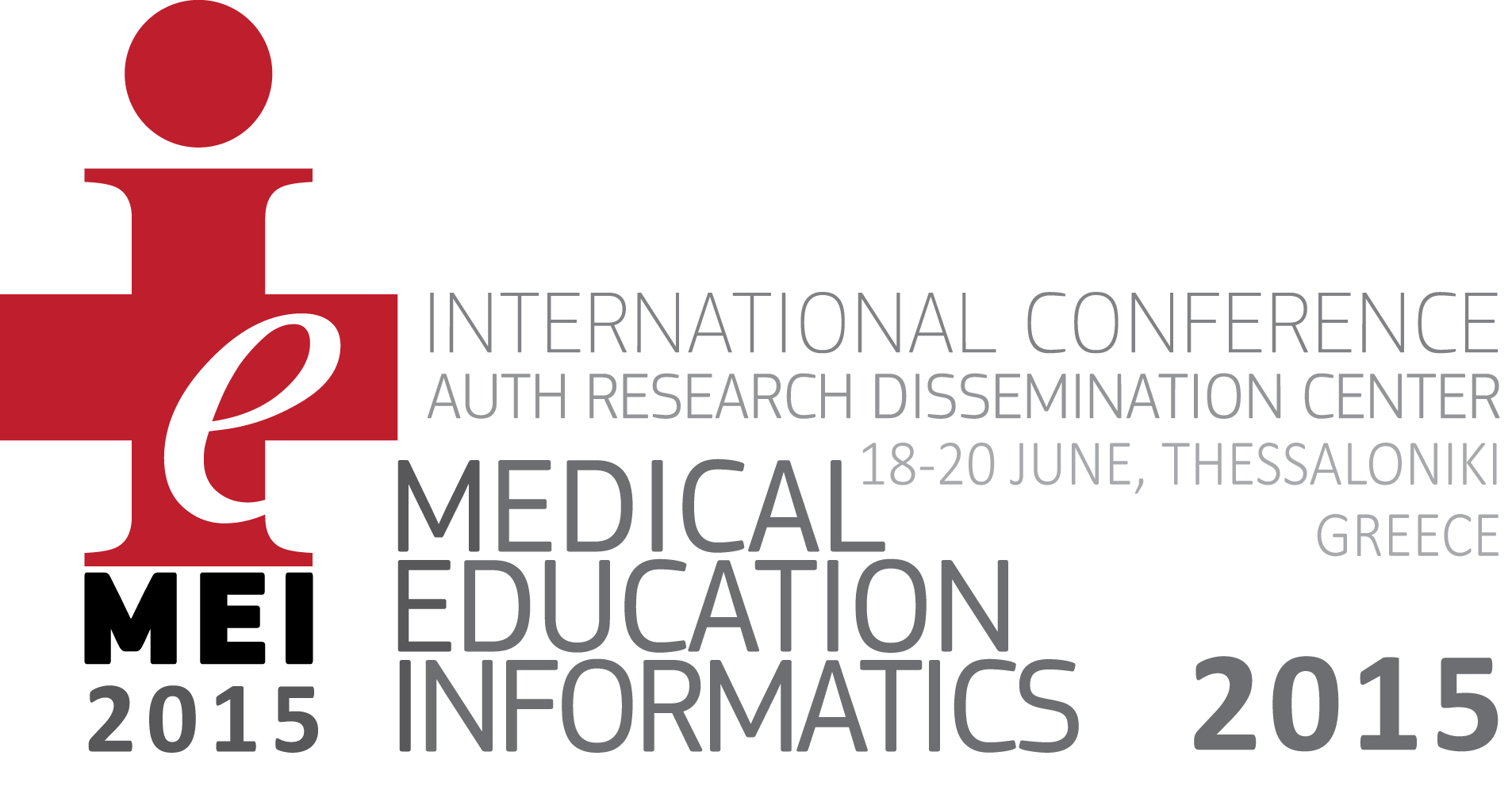Abstract:
The term Functional Behavioral Assessment (FBA) refers to a set of multiple assessment strategies aimed to identify specific antecedents and consequences that maintain a target behaviour (Du Paul, 1996). In the context of FBA, standards and protocols to support the data exchange between researchers, health professionals and therapist are under-represented. Moreover, there is a need for sharing common actions and assessment practices in order to improve the application of the FBA.
To meet these goals, we propose the definition of an FBA ontology as a tool to describe three specific aspects related to individual, behavioural and assessment data in different contexts of everyday life such as school, family and social environments.
The individual data include: diagnoses, medications, school information, discipline referrals and other events, thus providing a comprehensive overview of the individuals and the network of support people with specific roles that collaborates on the individual’s care.
The behavioural data include the description of an individual´s target behaviour, and information about places and settings in which the behaviour occurs.
The assessment gathers structural behavioural data collections, according to systematic direct observation, and in compliance to the ABC model (antecedents, behavior, and consequences) commonly used in the Cognitive Behavioral Therapy (CBT) for identifying behavioural functions, and designing intervention plans. This data is relevant in supporting statistical analysis in order to evaluate the efficacy of the behavioural treatments.
Moreover, the FBA ontology provides a complete model that enables integration and interlinking with other Linked Open Data datasets and repositories thus supporting the sharing of appropriate resources such as behavioural patterns, effective intervention strategies, and behavioural treatments. Finally, the ontology provides the basis for the designing of software applications to support the functional assessment processes.
This ontology has been applied in the framework of the WHAAM (Web Health Application for ADHD Monitoring) project, aimed to promote the FBA approach to the behavioural treatment of ADHD children.
References:
DuPaul, G. J., & Ervin, R. A. (1996). Functional assessment of behaviors related to attention-deficit/hyperactivity disorder: Linking assessment to intervention design. Behavior Therapy, 27(4)














